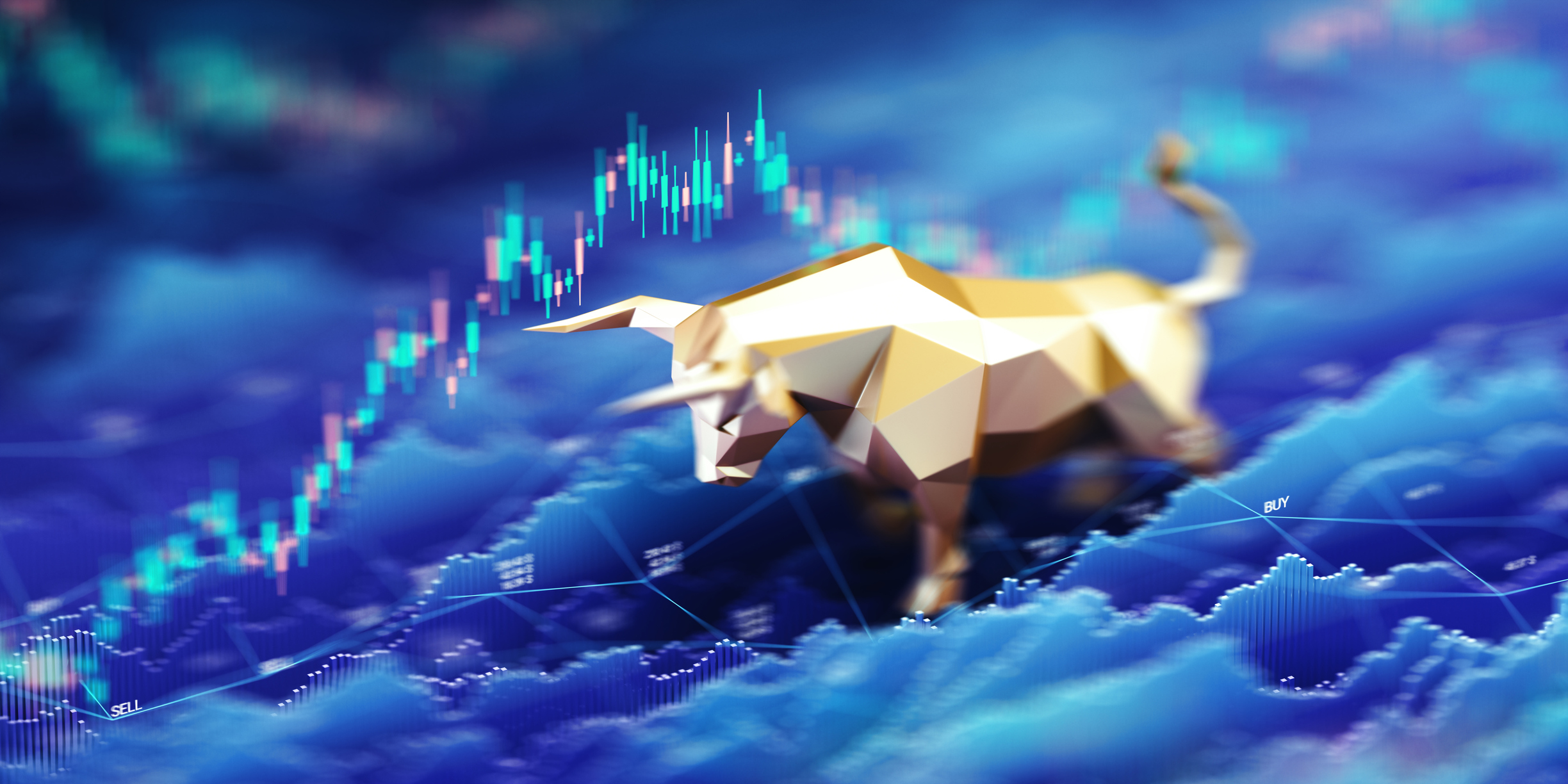Living on Your Investments? What Happens When a Bear Market Hits?
Investors are often told to "stay the course" even as stock markets go through tough times. However, if you're retired, that advice could put your nest egg in jeopardy.


Many people follow a buy-hold strategy when it comes to investing: You know, just hold on to your stocks through the bad times, and you’ll be all right in the end. Is it true? I don’t think so.
I think buy-hold is a dangerous philosophy, especially if you are a retiree living on your investments. Bear markets tend to occur every three years on average (we are way overdue) and could devastate your retirement nest egg if you keep it in the market.
Let’s examine what could have happened if you had hypothetically invested $1 million in an S&P 500 index fund that exactly tracked the S&P 500, which did not charge any internal expenses or fees. You did not incur any external investment management fees for managing that fund, and you “stayed the course” during a period that included bear markets.
From just $107.88 $24.99 for Kiplinger Personal Finance
Become a smarter, better informed investor. Subscribe from just $107.88 $24.99, plus get up to 4 Special Issues

Sign up for Kiplinger’s Free Newsletters
Profit and prosper with the best of expert advice on investing, taxes, retirement, personal finance and more - straight to your e-mail.
Profit and prosper with the best of expert advice - straight to your e-mail.
In January of 2000, the S&P 500 was at 1441. In January 2018, the S&P 500 reached a new all-time high of 2872, almost doubling over that 18-year period. Using the rule of 72* to find your rate of return, you’d divide 72 by 18 years and find that your investments averaged a 4% return. Had you drawn 4% each year from your investment, as many people say you should to cover your retirement cost-of-living, you might think you’d would still have your original $1 million today.
Unfortunately, you’d be wrong.
To begin with, you have to consider inflation. A million today does not have the same purchasing power as $1 million 18 years ago. Taking that into account, the $1 million you started with would actually be worth about $600,000.
The other issue is that the S&P 500 index didn’t deliver 4% evenly over that period. It fell close to 50% over the two years of the Y2K bear market, and you would have compounded that loss by taking out the 4% you needed to live on. The same thing happened during the 2008 bear market: The S&P 500 fell approximately 57%, but with that additional 4%, your money would have been depleted by over 60%, leaving you with less than 40% left. Farmers call that “eating your seed corn.” If you eat your seed corn, you've got nothing left to plant when growing season comes.
And there’s another problem: If you’re like most retirees, you probably wouldn’t have had 100% of your money in stocks. If you had a 60/40 stocks/bonds split, your actual rate of return for the stock allocation would have been closer to 2.4% over that 18-year period. And remember, you were still taking out 4% all that time, eating more and more of your seed corn. Never mind getting ahead — it would be tough to recoup even the initial investment under this scenario.
There’s an old expression: It's not how much you make that matters, it's how much you keep. If you want to keep more of your money, I believe that buy, hold and sell is a much better strategy than buy-hold. Using our buy, hold and sell strategy, we counseled our clients to sell in November of 2007 and stay out until June of 2009. I believe that buy, hold and sell can help you avoid losses during bear markets and protect the investments you need to live on during your retirement.
Some may say that I advocate timing the market. Nothing could be further from the truth. What I do advocate is that you consider a stop-loss order when investing. To do this, you would set a tolerable percentage loss below the previous high your investments reached, and sell when you reach that stop-loss point. Another great thing about a stop-loss: As your investments grow, your stop-loss point should rise along with them.
Watch for future articles where I will discuss how to set stop-losses (there are some things to be careful about, especially in volatile markets), where to consider putting your money once you have sold, and how to create a strategy for buying back into the market afterward.
* The rule of 72 is an equation that estimates the number of years required to double your money at a given annual rate of return.
Profit and prosper with the best of Kiplinger's advice on investing, taxes, retirement, personal finance and much more. Delivered daily. Enter your email in the box and click Sign Me Up.

Ken Moraif is the CEO and founder of Retirement Planners of America (RPOA), a Dallas-based wealth management and investment firm with over $3.58 billion in assets under management and serving 6,635 households in 48 states (as of Dec. 31, 2023).
-
 The Santa Claus Rally Officially Begins: Stock Market Today
The Santa Claus Rally Officially Begins: Stock Market TodayThe Santa Claus Rally is officially on as of Wednesday's closing bell, and initial returns are positive.
-
 How to Leave Different Amounts to Adult Children Without Causing a Rift
How to Leave Different Amounts to Adult Children Without Causing a RiftHere’s how to leave different amounts to adult children without causing a family rift.
-
 My Retirement Learning Curve, 1 Year In
My Retirement Learning Curve, 1 Year InA retiree checks in with what they wish they knew early on and what they've changed about their plan one year in.
-
 The Santa Claus Rally Officially Begins: Stock Market Today
The Santa Claus Rally Officially Begins: Stock Market TodayThe Santa Claus Rally is officially on as of Wednesday's closing bell, and initial returns are positive.
-
 Introducing Your CD's Edgier Cousin: The Market-Linked CD
Introducing Your CD's Edgier Cousin: The Market-Linked CDTraditional CDs are a safe option for savers, but they don't always beat inflation. Should you try their counterparts, market-linked CDs, for better returns?
-
 'Humbug!' Say Consumers, Despite Hot GDP: Stock Market Today
'Humbug!' Say Consumers, Despite Hot GDP: Stock Market Today"The stock market is not the economy," they say, but both things are up. Yet one survey says people are still feeling down in the middle of this complex season.
-
 How to Protect Yourself and Others From a Troubled Adult Child: A Lesson from Real Life
How to Protect Yourself and Others From a Troubled Adult Child: A Lesson from Real LifeThis case of a violent adult son whose parents are in denial is an example of the extreme risks some parents face if they neglect essential safety precautions.
-
 To Build Client Relationships That Last, Embrace Simplicity
To Build Client Relationships That Last, Embrace SimplicityAs more automation becomes the norm, you can distinguish yourself as a financial professional by using technology wisely and prioritizing personal touches.
-
 Client Demand Is Forcing Financial Advisers to Specialize: How to Deliver
Client Demand Is Forcing Financial Advisers to Specialize: How to DeliverThe complexity of wealthy clients' needs — combined with AI and consumer demand — suggests the future of financial planning belongs to specialized experts.
-
 Stocks Rise to the Spirit of the Season: Stock Market Today
Stocks Rise to the Spirit of the Season: Stock Market TodayInvestors, traders and speculators are beginning to like the looks of a potential year-end rally.
-
 A Financial Planner Takes a Deep Dive Into How Charitable Trusts Benefit You and Your Favorite Charities
A Financial Planner Takes a Deep Dive Into How Charitable Trusts Benefit You and Your Favorite CharitiesThese dual-purpose tools let affluent families combine philanthropic goals with advanced tax planning to generate income, reduce estate taxes and preserve wealth.